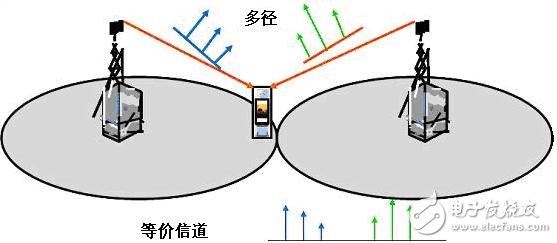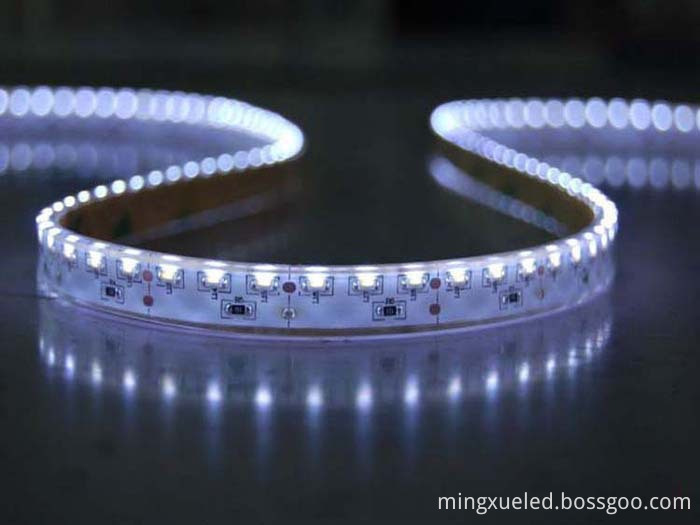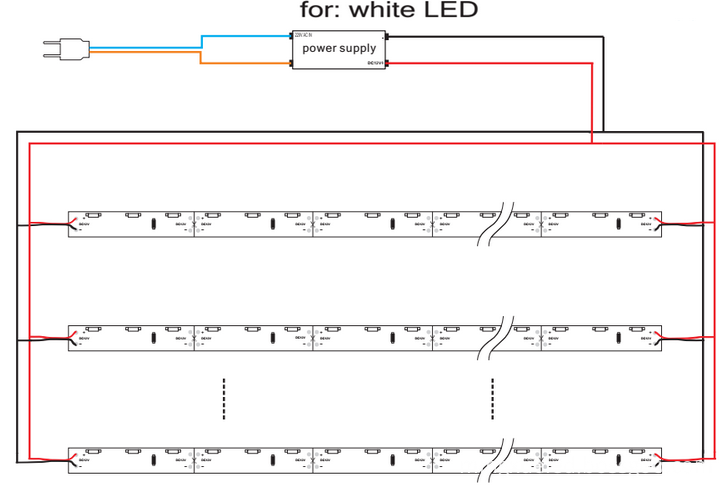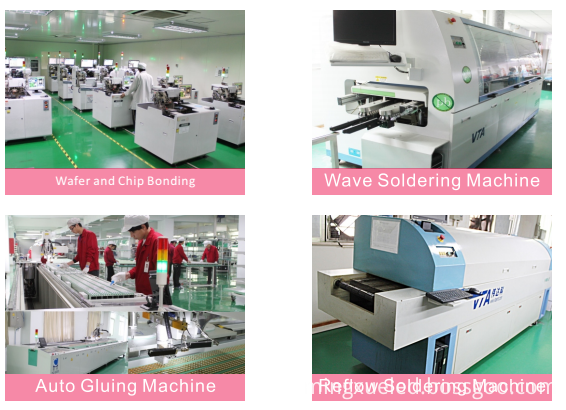Mobile TV is considered to be one of the most promising multimedia services in the 3G era. It combines multimedia, real-time, interactive and many other media features. The terminal is lightweight and mobile, and users can easily access services. MBMS (MulTImedia Broadcast MulTIcast Service) is a multimedia broadcast multicast function defined by 3GPP R6, which can provide mobile TV services in mobile communication systems.
The main changes caused by MBMS are: adding BM-SC network elements; upgrading existing network elements of the packet domain to support MBMS-specific interface functions (such as Gmb), unique channels (such as MICH, MTCH / MCCH / MSCH), Unique physical layer processes (FACH channel selective combining, PTM and PTP switching) and unique business processes (such as subscriptions). A single frequency network (SFN) is introduced at the physical layer, and several base stations simultaneously transmit the same signal on the same frequency. The spectrum efficiency is improved, and the UE (user equipment) does not need any handover when moving within the SFN, which greatly reduces the signaling overhead.
TD-MBMS is a mobile TV standard for TD-SCDMA and has been adopted at CCSA and 3GPP. TD-MBMS is based on 3GPP MBMS and is based on SFN, further introducing UTN (Union TIme-slot Network) technology.
1 Introduction to TD-MBMS
See Figure 1. In an SFN environment, signals from different base stations can be equivalent to multipath signals. The receiver does not need to distinguish whether the signals are from different base stations, and the complexity is greatly reduced. In the original base station, there is co-channel interference, and the mobile phone needs to perform complex calculation to eliminate interference. However, in the SFN, because the multipath signal is rich, the receiving performance is greatly improved, thereby improving the spectrum utilization.
TD-SCDMA is a time division duplex (TDD) system, and the uplink and downlink occupy the same frequency. In TD-SCDMA, the single frequency network with separate frequency points is not suitable, and it faces the problem of spectrum resources; it may cause strong interference between the time slot (downlink) of the MBMS frequency point and the same time slot (upstream) of the non-MBMS frequency point. Individual frequency points are also not conducive to resource planning and sharing receivers with N-frequency systems. Therefore, a simultaneous slot network (UTN) is introduced in TD-MBMS.

Figure 1 Schematic diagram of SFN (single frequency network)
Figure 2 shows a schematic diagram of the joint network of N-frequency and UTN. The downlink time slot may be configured as a UTN or N frequency point time slot; the UTN occupied time slots may be the same or different between different frequency points in the cell; but the UTN time slot allocation of the same frequency point of the adjacent cells is the same. The UTN time slot is used to transmit an MBMS broadcast service, in which a plurality of base stations participating in the broadcast transmit the same signal. In fact, the UTN time slot can be viewed as a separate SFN wireless network that is time division multiplexed with the N-frequency network. [1]

Figure 2 N-frequency + UTN networking in TD-MBMS
The UTN time slot uses a common Midamble code and a scrambling code, that is, the parameters of the local cell and the neighboring cell are the same; between the neighboring cells, the data transmitted by the time slot is also formed by the same processing of the same data. For other N-frequency slots, the cell-specific Midamble code and scrambling code are used. TS6 (time slot 6) is usually not used as a UTN time slot. Otherwise, when the mobile phone receives the MBMS service at the secondary frequency point, there may not be enough time to switch to the TS0 of the primary frequency point due to the limitation of the radio frequency device.
The UTN frequency and time slot resources of the N-frequency system can be flexibly configured, for example, more downlink time slots are allocated to the UTN; the number of UTN time slots at each frequency point is different to accommodate services of different rates.
2 The impact of delay spread on performance
The UTN network has increased the requirements for multipath delays tolerated by mobile phone receivers, which was studied in reference [2]. The simulation shows that in the case of SFN, the receiver window width of the receiver has a significant impact on the reception performance. The larger the receiving window width, the larger the received signal to interference ratio. In the case of the same receiver window width, the smaller the cell radius, the larger the proportion of the cell area occupied by the area where the signal to interference ratio is greater than the given threshold.
The frame structure and receiver of the TD-SCMDA are designed for delay spread of 16 chips. Referring to reference [3], the simulation further shows that a 16-chip (12.5 microsecond) receive window can tolerate multipath delay spread in an SFN environment. Especially in the urban area, the cell radius is small, the base station density is large, and the obstacles are dense, which greatly reduces the delayed signal energy falling outside the 16 chips.
Smd335 Led Strip Light Introduction:
1.SMD335 Led Strip light bar
2. Size: Length Width 8mm 1000*
3.LED specification: 335SMD*60PCS
4. Voltage: DC12V
5. Power: 3.6W
6. Luminous flux: 270-300LM
7. Color: White (various colors red, yellow, green, blue, amber, etc. can be)
8. Packing: card loaded or static bag
9. Warranty: One year (under normal use)


SMD335 Led Strip Light Product Features:
1. The use of very soft PCB board as a substrate, ultra-bright SMD LED as luminous body.
2. SMD335 LED Strip Light can be bent, stable and reliable quality
3. Every three LED as a group, can be based on the length requirement, cut in between each unit
4. The anti-oxidation, anti-ultraviolet radiation and long-term use does not change color
5. The silicone transparent waterproof connector can easily connect and totally waterproof
6. IP water level (optional IP68, IP66, IP65,) optional
use:
SMD335 Led Strip Light can be used in interior decoration, automotive lighting and other projects.
We focus on LED area, is a high-tech lighting enterprise deal in develop, produce and sales.


Owns DIP LED, SMD LED professional production lines and LED lighting products lines, the produce volume per month for DIP LED,SMD LED is 50 million pieces, for LED flexible strip light is 500 thousands meters, for SMD335 Led Strip Light for car is about 200 thousands pairs, for LED tube light is 50 thousands pieces, for LED Spotlights are 200 thousands pieces, for LED ceiling light are 50 thousands pieces.
Mingxue Optoelectronics Co.,Ltd. has apply the I S O 9 0 0 1: 2 0 0 8 international quality management system certificate, for SMD335 Led Strip Light, we apply the CE, RoHS and SAA certificate for our led lighting product.
Our R & D team can handle highly customized designs and offer OEM and ODM services.
We hope to set up a long-term partnership with you through our high quality products and our Sincere Service!


SMD335 Led Strip Light
Smd335 Led Strip Light,12V Smd335 Led Strip Light,Smd335 Led Strip Light Waterproof,High Lumen Smd335 Led Strip Light
Shenzhen Mingxue Optoelectronics CO.,Ltd , https://www.led-lamp-china.com